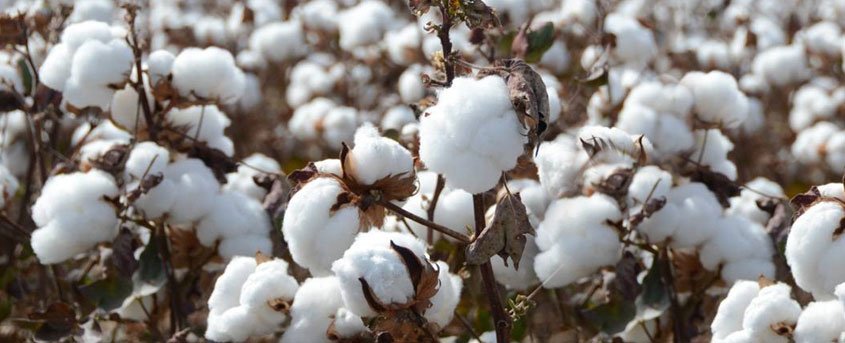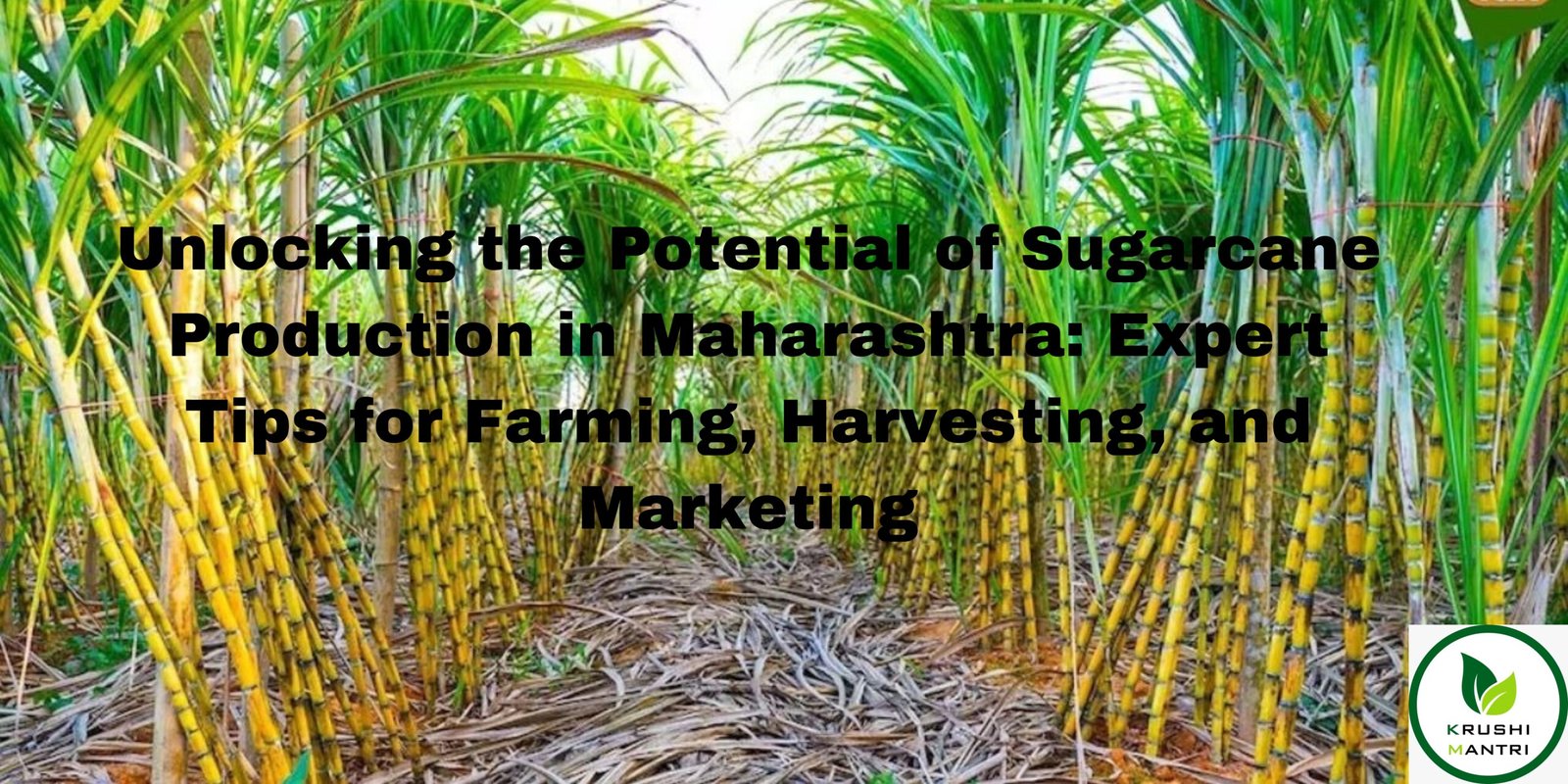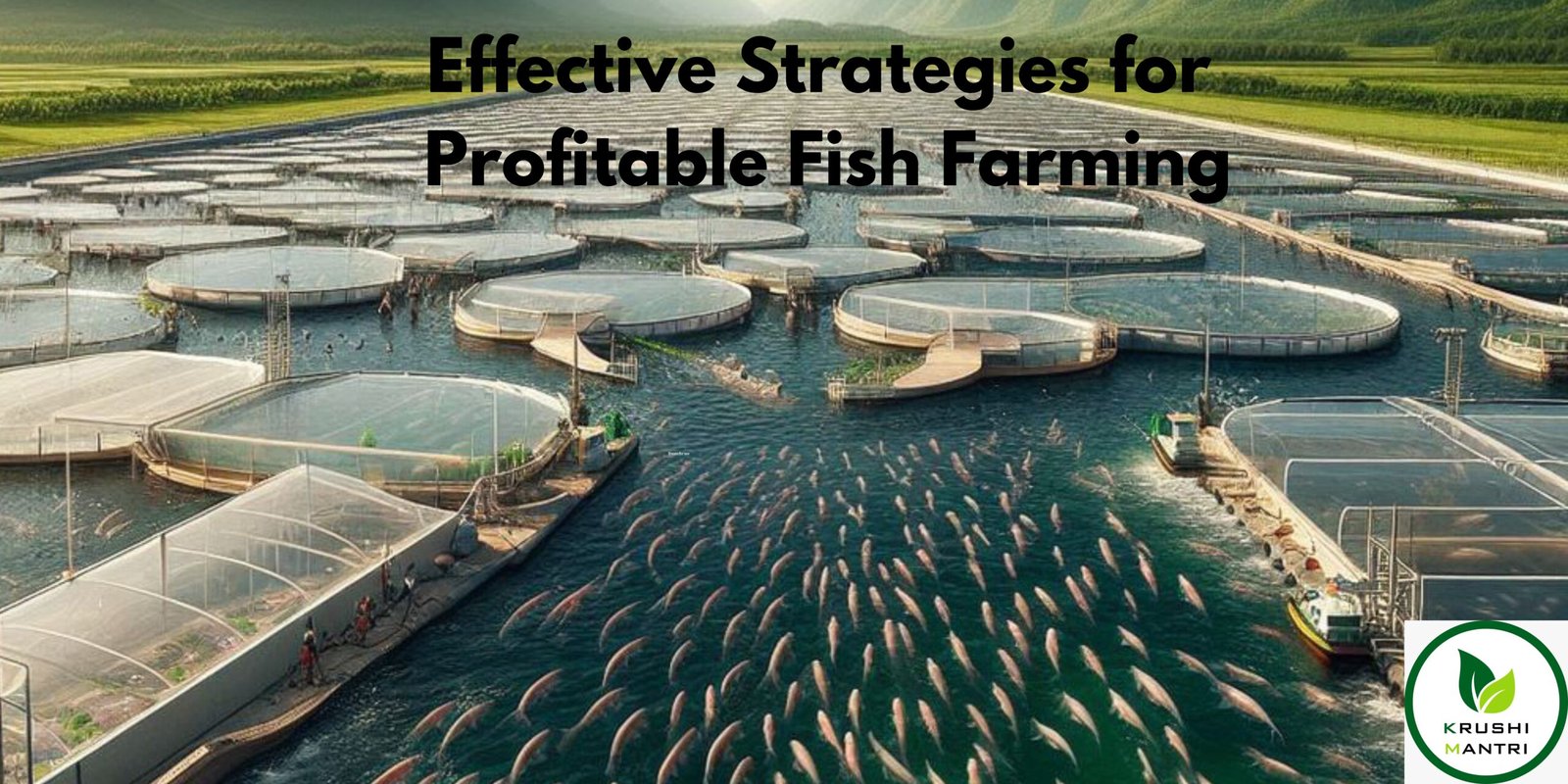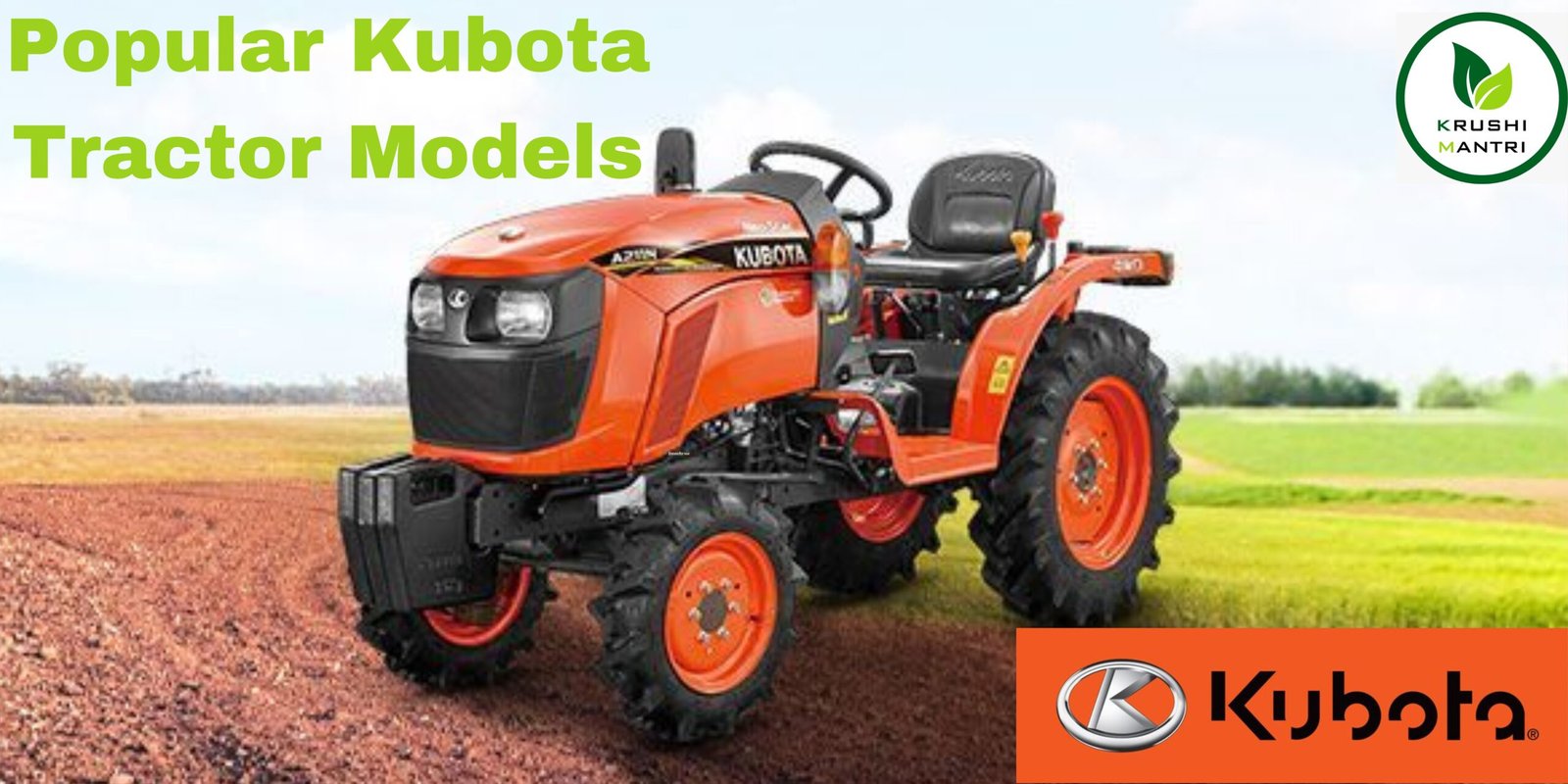Cotton Farming : Tips for a Successful Crop
As a farmer with years of experience in cotton farming, I am excited to share my insights with you. Cotton has been a staple crop in agriculture for centuries, dating back to ancient civilizations in the Americas. Today, cotton remains a major crop worldwide, providing livelihoods for millions of farmers and serving as a vital raw material for the textile industry.
From seed sowing to crop harvesting, cotton farming involves a range of practices and techniques to achieve the highest possible yield and quality. In this blog, we will explore every aspect of cotton farming, including its rich history, various cultivation methods, challenges faced by cotton farmers, and opportunities for growth and development in the industry.
Whether you are a cotton farmer looking to improve your practices, a textile manufacturer interested in the sourcing of raw materials, or someone who simply wants to learn more about one of the world’s most important crops, this blog will provide you with valuable information and insights.
So, let’s get started and embark on a journey to discover the world of cotton farming together!
Climate and Soils
- Cotton is a warm-season crop and requires a long growing season with plenty of sunshine and warm temperatures to produce a good yield.
- Cotton grows best in well-draining, fertile soils with a pH between 5.5 and 7.5. It is important to test your soil and adjust pH and nutrient levels as needed before planting.
Land Preparation
- The soil should be well-prepared before planting, with any debris or weeds removed.
- Deep tillage is important for cotton, as it helps to break up any hardpan and improve soil drainage.
Seed Rate and Spacing
- The recommended seed rate for cotton is around 10-12 kg/ha.
- The spacing between cotton rows should be around 60-90 cm, with individual plants spaced around 10-15 cm apart.
Intercultural Operations
- Weeding is important in cotton, as competition from weeds can reduce yields. Hand-weeding and/or the use of herbicides can be effective weed management strategies.
- Cotton should be cultivated several times during the growing season to control weeds and to break up any soil crust that may have formed.
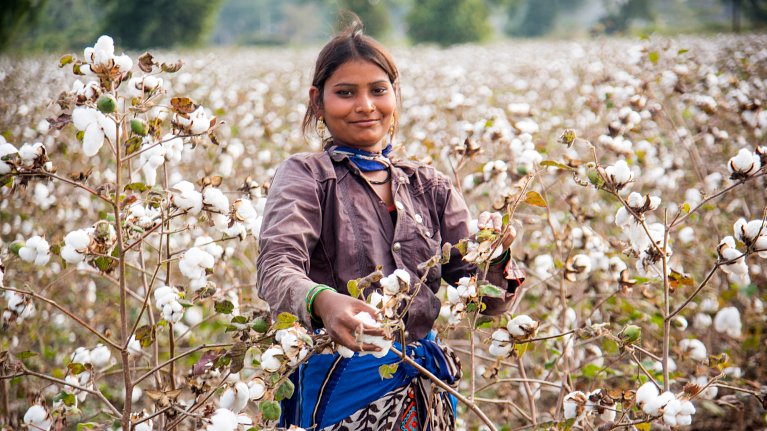
Crop Nutrition Management in Cotton
As a farmer, I know the importance of managing crop nutrition in cotton farming. Cotton plants require various nutrients for optimal growth and yield. In this article, I will share my experience of managing crop nutrition in cotton farming and provide some strategies to help other farmers achieve the best results.
The Essential Nutrients for Cotton
Cotton plants require several essential nutrients, including nitrogen, phosphorus, potassium, sulfur, and micronutrients such as boron, zinc, iron, manganese, and copper. Nitrogen is essential for vegetative growth, flowering, and boll development, while phosphorus is essential for root development, seed production, and energy transfer. Potassium plays an important role in water and nutrient uptake, stress tolerance, and boll development. Sulfur is important for protein synthesis, chlorophyll production, and stress tolerance. Micronutrients are also crucial for plant growth and development.
Soil Testing
Soil testing is the first and most important step in managing crop nutrition in cotton farming. It helps identify nutrient deficiencies and guide fertilizer application rates and timing. As a farmer, I always make sure to test my soil regularly to ensure my crops get the right amount of nutrients.
Fertilizer Application
Fertilizer application rates should be based on soil test results and crop needs. Nitrogen is often applied in split applications throughout the growing season, while phosphorus and potassium are often applied before or at planting. Micronutrients can be applied as needed based on soil test results. As a farmer, I always ensure to apply the right amount of fertilizers at the right time to provide my crops with the nutrients they need.
Foliar Nutrition
Foliar nutrition involves applying nutrients directly to the leaves of the plant. It can be an effective way to supplement soil-applied nutrients and address nutrient deficiencies. As a farmer, I use foliar nutrition to improve plant health and stress tolerance.
Nutrient Management Planning
Nutrient management planning involves developing a comprehensive plan for managing crop nutrition throughout the growing season. A well-executed nutrient management plan can lead to higher yields, improved crop quality, and reduced nutrient runoff and leaching. As a farmer, I always make a nutrient management plan that includes soil testing, fertilizer application rates and timing, and foliar nutrition strategies.
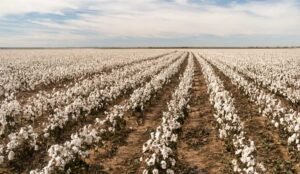

What nutrients cotton crop requires?
- Cotton requires a range of nutrients, including nitrogen, phosphorus, potassium, and sulfur, among others.
- Micronutrients such as boron, zinc, and iron are also important for cotton growth and development.
| Nutrient | Example Product |
|---|---|
| Nitrogen | N-P-K 20-20-0 |
| Phosphorus | Superphosphate |
| Potassium | Muriate of Potash |
| Calcium | Calcium Nitrate |
| Magnesium | Epsom Salt |
| Sulphur | Elemental Sulfur |
| Iron | Iron Sulfate |
| Zinc | Zinc Sulfate |
| Manganese | Manganese Sulfate |
| Copper | Copper Sulfate |
| Boron | Borax |
When, how, and how much Fertilizer products are to be applied for higher cotton yields:
- Fertilizer application should be based on soil test results and the specific needs of the crop.
- Nitrogen is often applied in split applications, with the first application made at planting and subsequent applications timed to coincide with critical growth stages.
- Phosphorus and potassium are often applied before planting or at planting.
- Micronutrients can be applied as needed based on soil test results.
Irrigation Management
- Cotton requires consistent soil moisture throughout the growing season, but waterlogging should be avoided.
- Irrigation should be timed to coincide with critical growth stages, such as flowering and boll development.
Weeds & Weed Management
- Weeds can be controlled through the use of herbicides, hand-weeding, or a combination of both.
- The timing of weed control operations is critical, as competition from weeds can reduce yields.
Insect Pests & Pest Management
- Common insect pests in cotton include bollworms, aphids, and thrips, among others.
- Insecticides can be effective at controlling pests, but should be used judiciously to avoid resistance.
Plant Diseases & Disease Management
- Common diseases in cotton include verticillium wilt, bacterial blight, and root rot, among others.
- Disease-resistant varieties can help to reduce the incidence of disease, but other management strategies such as crop rotation and the use of fungicides may also be necessary.
Harvesting & Post-Harvest Measures
- Cotton should be harvested when the bolls are fully mature and have opened.
- After harvesting, the cotton should be ginned to remove the seeds and any remaining debris.
- Proper storage and handling of cotton is important to maintain its quality and value.

Q1: How do you grow cotton successfully?
Ans– Growing cotton successfully requires careful management of soil, water, nutrients, pests, and diseases. It starts with choosing the right variety for your location, preparing the soil properly, planting at the right time and density, providing adequate water and nutrients, and managing pests and diseases throughout the growing season. Harvesting at the right time and properly ginning and storing the cotton are also important steps in growing cotton successfully.
Q2: Which is best for cotton crop?
Ans-The best cotton crop depends on a number of factors such as climate, soil, rainfall, and pest and disease pressure. Some popular cotton varieties include Delta Pine 1646 B2XF, Phytogen 300 W3FE, and Deltapine 1558 WRF.
Q3: What is the importance of cotton farming?
Ans-Cotton farming is important for a number of reasons. It provides a valuable source of income for farmers, supports rural economies, and provides raw material for the textile industry. Cotton is also an important source of vegetable oil, animal feed, and biofuels.
Q4: What are the steps of cotton crop?
Ans– The steps of cotton crop include land preparation, seedbed preparation, planting, irrigation management, crop nutrition management, weed management, pest and disease management, harvesting, and post-harvest measures. Each step is critical for achieving high yields and good quality cotton.
